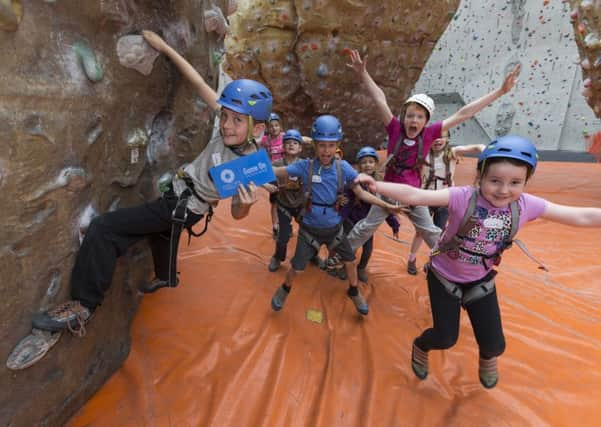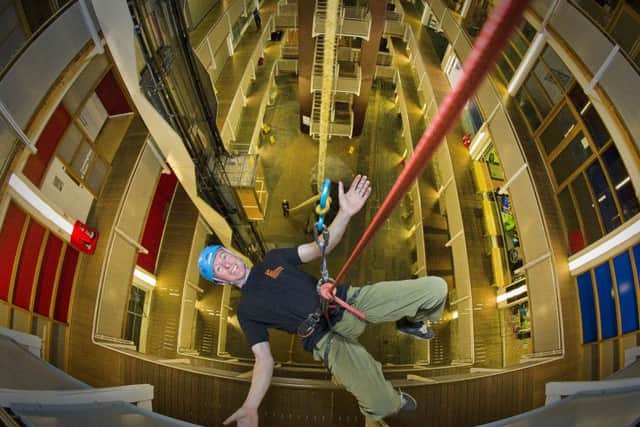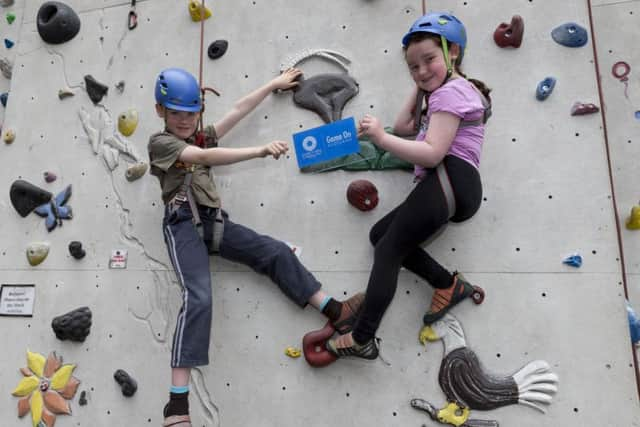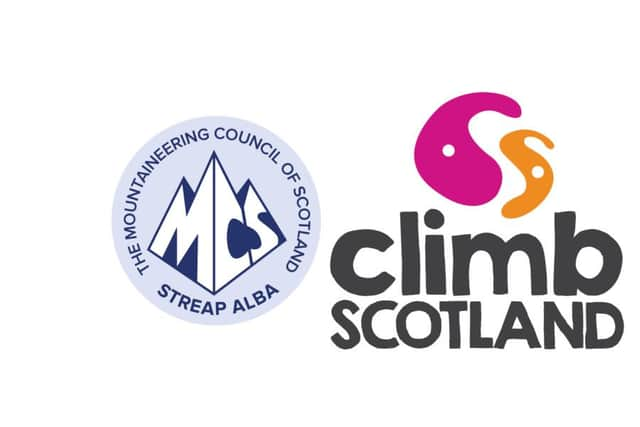All you need to know about taking up climbing in Scotland


As any parent knows, most kids take naturally to climbing and are quite proficient by the time they can walk. It is a great activity to grow confidence, coordination, tactical awareness, strength and fitness. You can take it up at any age and disability needn’t be a barrier, with para-climbing becoming a popular activity, too.
There are different types of climbing. Bouldering is a good introduction for children and beginners. It is the simplest form of climbing without technical gear, at low levels. Bouldering mats beneath can help cushion any falls. All you need is your hands and feet!
Advertisement
Hide AdAdvertisement
Hide AdSport climbing is found on indoor walls and outdoor climbs where the routes have fixed protection from bolts. Safety requires ropes and harnesses and a friend to belay you.


Traditional or ‘trad’ climbing, meanwhile, is found outdoors, where climbers carry and place their own protection in cracks in the rock as they climb with their partner removing them whilst seconding.
Getting started
While anyone can practice clambering up, down and around small rocks and boulders in the great outdoors, climbing is an activity with some obvious potential risks, so it is worth getting some expert advice in a safe, controlled environment like an indoor climbing wall first.
Most of Scotland’s indoor climbing centres offer taster sessions for youngsters and adults. They are a great way to try climbing for the first time and you can hire climbing shoes and harnesses before deciding if you want to invest in your own. Many walls also offer children’s birthday parties, too.


Each climbing wall is different, but generally staff will give you a short induction before letting you loose on the climbing wall. If you have experienced climbing friends or family, they can supervise you. If not, most walls offer one-to-one or group coaching.
Many climbing walls have their own kids clubs, which is a great and low-cost way to get your children involved, especially if you are not a climber yourself. You might even like to learn alongside your child.
Where to go
Scotland is ideally placed for a budding climber, with a range of indoor climbing walls in most major towns and cities, plus a fantastic array of boulders, crags and cliffs on our mountains and coast to progress towards.


Indoor climbing walls offer all weather access which means Scotland’s unpredictable weather needn’t get in the way of your enjoyment. Many primary schools across Scotland have introduced low level ‘traverse’ walls to their playgrounds, so the chance is your kids will already have had a go.
Advertisement
Hide AdAdvertisement
Hide AdThe Mountaineering Council of Scotland’s new website www.ClimbScotland.net offers a useful map search of all Scotland’s public climbing walls. At one end of the scale is the vast Edinburgh International Climbing Arena at Ratho, one of the biggest indoor climbing centres in the world, but there are popular indoor walls and bouldering centres in Glasgow, Dundee, Aberdeen, Inverness, Fort William, all the way up to Orkney, with the newest Scottish wall in the dramatic setting of a former church in Elgin.
The new Forestry Commission woodland outdoor adventure and bouldering park at Cuningar Loop in Glasgow is definitely worth a visit too. Recently opened, it’s the biggest outdoor bouldering park in Britain, developed as part of the Commonwealth Games legacy.
Moving on up
After you have learnt the ropes, so to speak, you can continue to climb for fun at your local indoor wall, move into competition climbing or challenge yourself outdoors in Scotland’s stunning mountains. Joining a climbing or mountaineering club can be a good way to transfer your indoor skills outdoors.
What next?
Check out www.ClimbScotland.net for lots of tips on getting started, plus searches to help you find a climbing wall or club near you, news, events and much more. You can join the Mountaineering Council of Scotland from only £13.75 a year. They offer lots of support and advice for climbers, hillwalkers and mountaineers.
• Emily Bryce writes on behalf of the Mountaineering Council of Scotland